Department News

Two scientists at UNC-Chapel Hill, Gary Pielak and Brian Kuhlman, have received a $1 million Science and Engineering Research Award from the W.M. Keck Foundation to study AI-designed proteins.
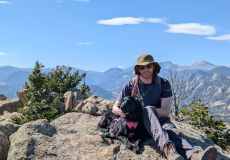
When James Custer arrived at UNC-Chapel Hill to begin his Ph.D. in chemistry, he didn’t know he was about to launch a career that would take him from high-stakes scientific discovery to global clean energy negotiations.
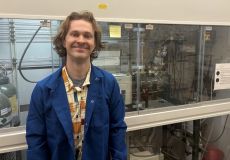
Will Hemmingson, a Ph.D. student in the Department of Chemistry, presented his team’s latest work: a particle suspension reactor that uses sunlight, silicon nanowires and clever chemistry to make carbon dioxide reduction more efficient, affordable and durable than previous designs.
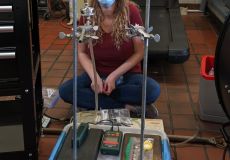
Gabrielle West, a Ph.D. student in the Department of Chemistry at the University of North Carolina, recently received a certificate of merit from the Environmental division at the American Chemical Society (ACS) Fall 2025 conference in Washington, D.C.
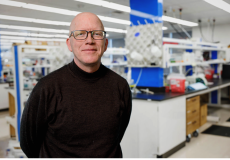
Stephen Betz is celebrating one of the most meaningful moments of his career—the U.S. Food and Drug Administration approval of Palsonify, or paltusotine, the first once-daily, oral treatment for adults with acromegaly.
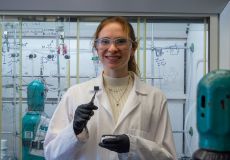
Gigi Holliday focuses on the tiny interface where electrodes, which are the conductive surfaces that move electric charge, meet catalysts, which are the molecules that facilitate lower-energy barrier chemical reactions.
Research
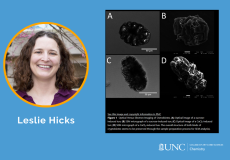
Herein, an approach for discriminating between tardigrade morphological states is developed and utilized to compare sucrose- and CaCl2-induced tuns, using the model species Hypsibius exemplaris.

Herein, we disclose a backbone rearrangement approach to tune the short-chain branching of polymers.
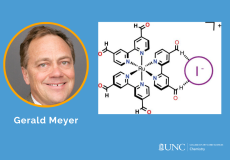
A new homoleptic Ru polypyridyl complex bearing two aldehyde groups on each bipyridine ligand, [Ru(dab)3](PF6)2, where dab is 4,4′-dicarbaldehyde-2,2′-bipyridine, was synthesized, characterized, and utilized for iodide photo-oxidation studies.
Connect





